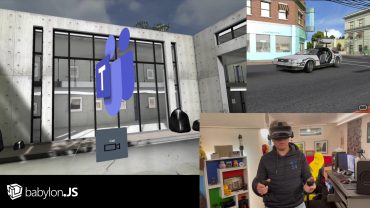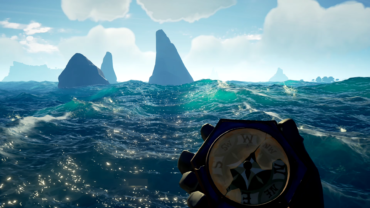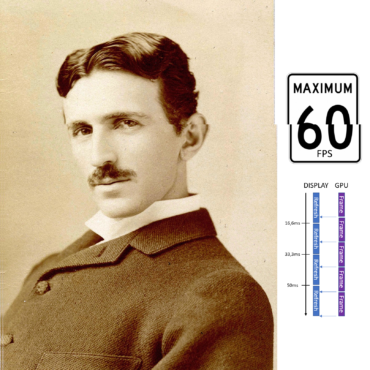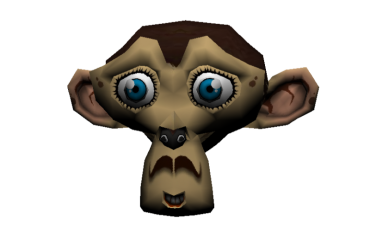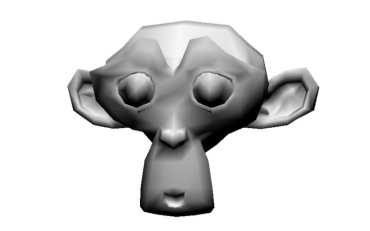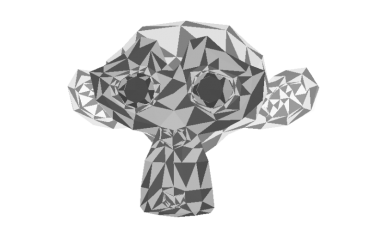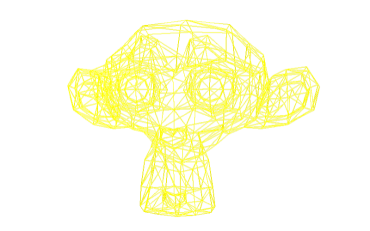From VR audio experiments to casual gaming in VR on an arcade machine up to more serious usage to create new ways of collaboration using either AR or VR, you should have a pretty good[…]
Category: 3D Software Engine
Understanding Shaders, the secret sauce of 3D engines
You’ve probably already heard the magic word: “shader” before. But what exactly is it? How does it help to draw beautiful & fast pixels? This article is following: Frame & (variable) refresh rates or why[…]
Frame & (variable) refresh rates or why Tesla is responsible for the 60 fps war
I’ve decided to do a new small new series to share my knowledge on 3D engines & games. This first one will be dedicated to a general introduction to 3D engines. More specifically, why and[…]
Tutorial part 6: learning how to write a 3D software engine in C#, TS or JS – Texture mapping, back-face culling & WebGL
Here is the final tutorial of this long series. We’re going to see how to apply a texture to a mesh by using mapping coordinates exported from Blender. If you’ve managed to understand the previous[…]
Tutorial part 5: learning how to write a 3D software engine in C#, TS or JS – Flat & Gouraud Shading
We’re now going to discover probably the best part of the series: how to handle lightning! In the previous, we’ve fixed a random color per face to be able to see the mesh. We’re[…]
Tutorial part 4 – bonus: learning how to write a 3D software engine in C#, TS or JS – Optimizing & Parallelism
In the previous tutorial, learning how to write a 3D software engine in C#, TS or JS – Rasterization & Z-Buffering, we’ve learned how to fill our triangles. As we’re CPU based with our 3D[…]
Tutorial part 4: learning how to write a 3D software engine in C#, TS or JS – Rasterization & Z-Buffering
In the previous tutorial, learning how to write a 3D soft engine in C#, TS or JS – loading meshes exported from Blender, we’ve loaded a JSON file where our meshes were serialized from Blender.[…]
Tutorial part 3: learning how to write a 3D soft engine in C#, TS or JS – loading meshes exported from Blender
In the previous tutorial learning how to write a 3D soft engine from scratch in C#, TS or JS – drawing lines & triangles, we’ve learned how to draw lines & triangles and we[…]
Tutorial part 2: learning how to write a 3D soft engine from scratch in C#, TS or JS – drawing lines & triangles
Now that we have built the core of our 3D engine thanks to the previous tutorial Tutorial series- learning how to write a 3D soft engine from scratch in C#, TypeScript or JavaScript, we[…]
